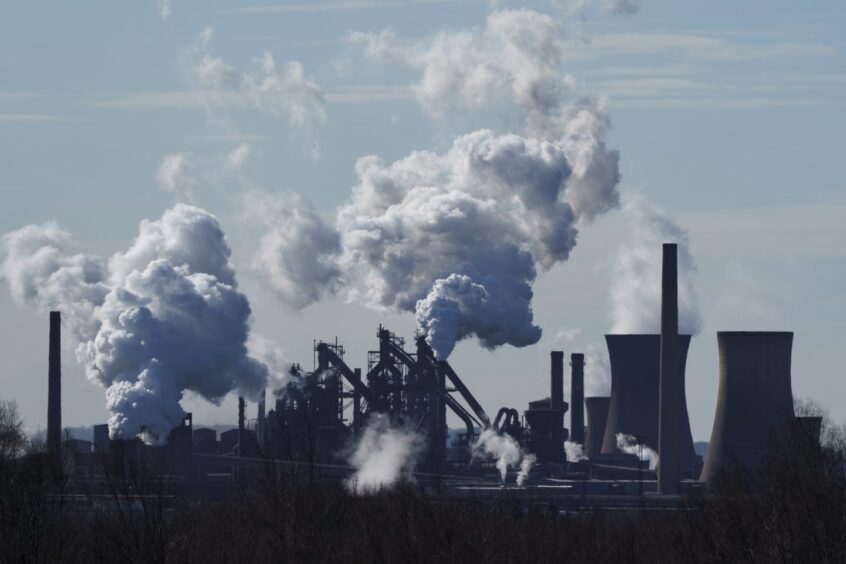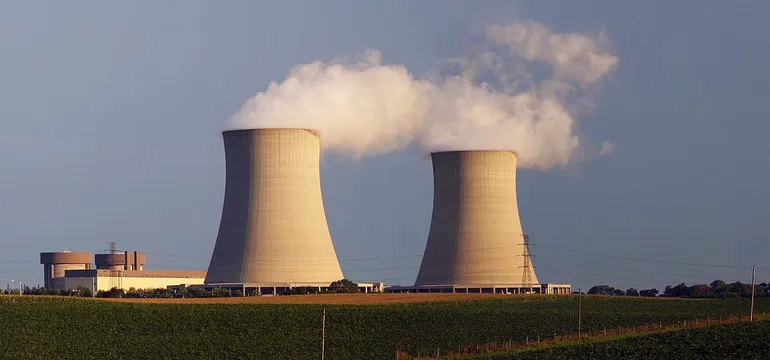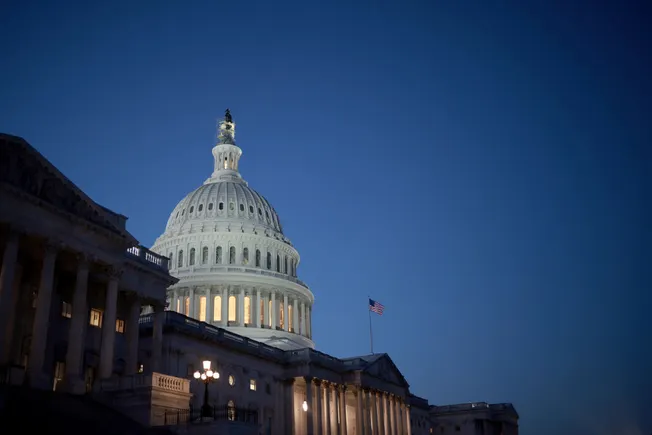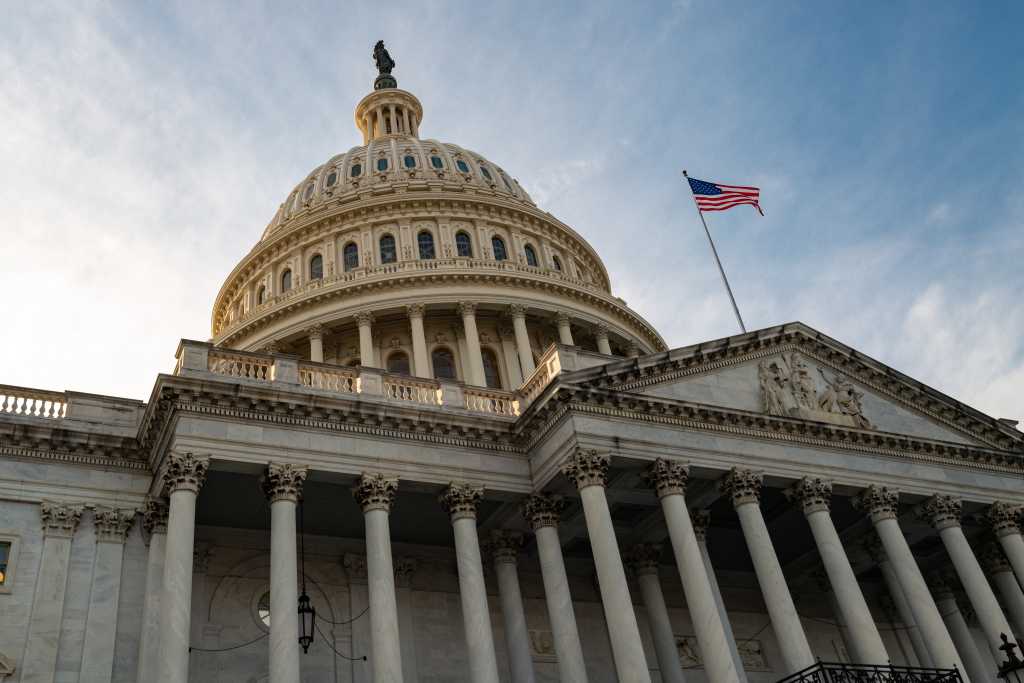The UK increasingly relies on imported liquefied natural gas (LNG) to meet its energy needs, as domestic gas production declines. LNG from the US, Qatar and elsewhere is significantly more expensive than North Sea natural gas. However, this situation may be about to change.
As a mature petroleum province, the North Sea is at the higher end of the cost curve. Break-evens on the UK Continental Shelf range from as low as $20-30 per barrel of oil-equivalent (boe) to more than $50/boe at the higher end, depending on project and location.
Harbour Energy claims break-evens below $35/boe for its Tolmount field, while Shell said its Pierce gas expansion project could achieve breakeven costs as low as $20/boe.
At the upper end, West of Shetland field break-evens are estimated at around $55/boe, although consultancy McKinsey believes these could be lowered to less than $35/boe with innovative new approaches to project delivery.
Taking $30-45/boe as a central range, the break-even cost of UK domestic gas production is equivalent to $5.2-7.8 per million British thermal units (MMBtu). This is an all-in cost that includes capital expenditure, operating expenditure, day-to-day production costs, decommissioning and tax. Norwegian gas break-evens are lower, at an estimated $3-5.5 per MMBtu.
LNG from global markets is more costly than both, because it must be liquefied, shipped across the Atlantic and regasified at one of Britain’s three receiving terminals.
The UK imports most of its LNG from the US: five million tonnes in 2024, or 65% of the total, according to data provider Kpler. The delivered cost of US LNG is in the range of $6-11 per MMBtu depending on variable costs such as upstream feed gas, liquefaction, shipping, regasification and injection into the UK gas grid.
Competing for molecules
But that doesn’t give the full picture. US LNG is not sold at cost but rather the going rate on the National Balancing Point (NBP), the UK’s benchmark gas trading hub.
Since the UK relies heavily on both global LNG and pipeline imports from Norway and the EU, NBP often trades above the EU benchmark (Dutch TTF) to attract the marginal molecule when demand rises – during cold snaps or low-wind periods, for example. NBP must also offer a premium over the spot price in Asia when the UK needs to attract flexible LNG cargoes from global suppliers such as the US.
NBP gas futures for delivery in February are currently trading at 129p per therm, which equates to $16 per MMBtu. That’s well above both the cost of domestic production, Norwegian piped flows and LNG imports.
The higher price reflects a hefty geopolitical risk premium levied since Russia’s 2022 land invasion of Ukraine, and the bullish positioning of hedge funds in TTF gas futures speculating on a frantic scramble to refill depleted European underground gas storage facilities this summer.
It also reflects a perceived ‘tightness’ in the global LNG supply-demand balance, after the loss of Russian pipeline gas forced Europe to pivot to LNG to bridge the gap.
From famine to feast
That tightness will not last forever. There’s a new wave of LNG supply under construction that dwarfs previous liquefaction capacity expansions. The US, Qatar, Canada and other LNG exporting countries are racing to flood the market with a combined 50% surge by 2030. Most of the new volumes will enter the market between now and 2028.
The scale and pace of the expansion is likely to create a glut of LNG on the water that will take some time to absorb. The International Energy Agency says LNG supply could exceed demand by 18% in 2030 under certain demand scenarios, dragging wholesale gas and LNG prices in Europe and Asia to half of today’s levels.
This is borne out in futures markets. NBP financial futures are currently trading as low as 94p per therm ($11.7 per MMBtu) for delivery in summer 2026, 74p per therm ($9.3 per MMBtu) for summer 2027 and 66p per therm ($8.2 per MMBtu) for summer 2028. Further declines are possible as those dates get nearer and the overarching narrative governing pan-European gas market sentiment shifts from ‘scarcity’ to ‘abundance’.
Quite how low prices could go in the coming few years is an open question. Pre-2022, double-digit-dollars per MMBtu occurred only during the harshest of winters when the UK, Europe and Asia engaged in a tug-of-war for spare LNG cargoes. Between 2017 and 2020, prompt NBP averaged $3-7 per MMBtu, and a return to those prices can’t be ruled out when global LNG glut peaks in 2028.
Politically auspicious
Import dependence is a double-edged sword. Being structurally short of gas, the UK is a price-taker and has had to swallow extremely painful energy cost spikes stemming from post-Covid inflation and curtailment of Russian gas pipeline flows into Europe. But the pendulum is about to swing the other way, and Britain’s LNG reliance will expose it to the trough of the market cycle.
A return to NBP gas prices in the $3-7 per MMBtu range is not a foregone conclusion. But a reversion towards pre-war averages could offer some overdue relief to long-suffering consumers while boosting productivity and growth.
Cheaper gas would feed through into structurally lower electricity prices, because gas is the marginal price-setter in the GB power market. It would also bring down residential heating bills and materially lower the cost base for (what remains of) Britain’s energy-intensive heavy industries.
The anticipated timing of the LNG glut is politically auspicious, coinciding with party political campaigning for the next UK general election. If voters get some relief after years of being bled dry by spiralling energy bills, they might take a favourable view of the administration that was in office while it happened.
Recommended for you

Green hydrogen subsidies pose substantial political risk



















